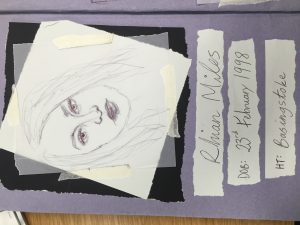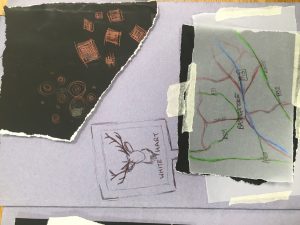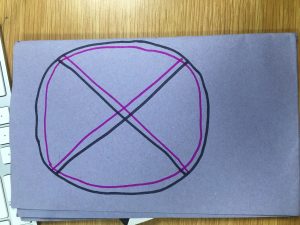ROTHKO, C. (2004) Introduction by Christopher Rothko IN: ROTHKO, M. The Artist’s Reality: Philosophies of Art, New Haven and London: Yale University Press, xiv.
“The true value of The Artist’s Reality is not the thoroughness of Rothko’s arguments or how consistently he wins his debates; rather, the treasure here is that we get a glimpse of an artist’s worldview, expressed in the written word and in considerable detail.”
The Artist’s Reality: philosophies of Art is essentially 12 essays written by artist Mark Rothko that explore his ideas on art theories and philosophies. The reason I chose this quotation from the introduction by his son Christopher is because it is a good quote to contextualise the book. Rothko in his essays which are summarised in chapters, talks about the great masters of art, social and political art stances of the time and even how an artist should deal with making art.
Rothko never meant for these ramblings to be published so the book itself is a little all over the place, and whilst his son Christopher did a fantastic job at editing the book, it is a little hard to follow consecutively.
The book itself is almost like an advanced art theory lesson with the way Rothko discusses aspects that contributed to making modern art work. As an artist, already knowing these things it can be quite tedious to read but on the other hand as a Rothko fan, it is very interesting to read his views and opinions on what was happening at the time of him making artwork.








